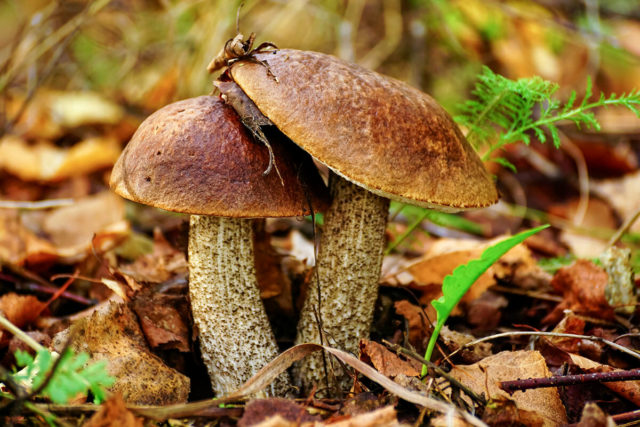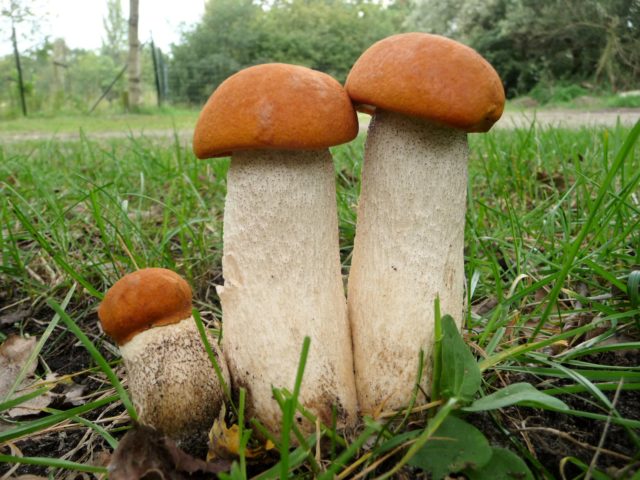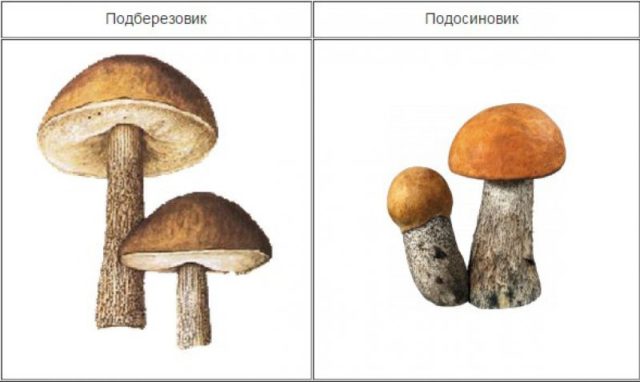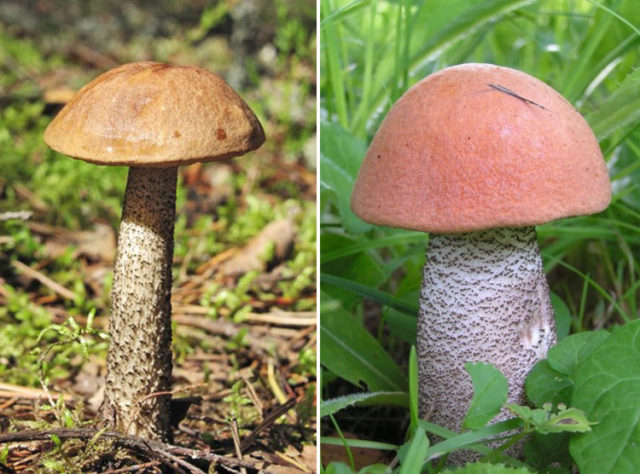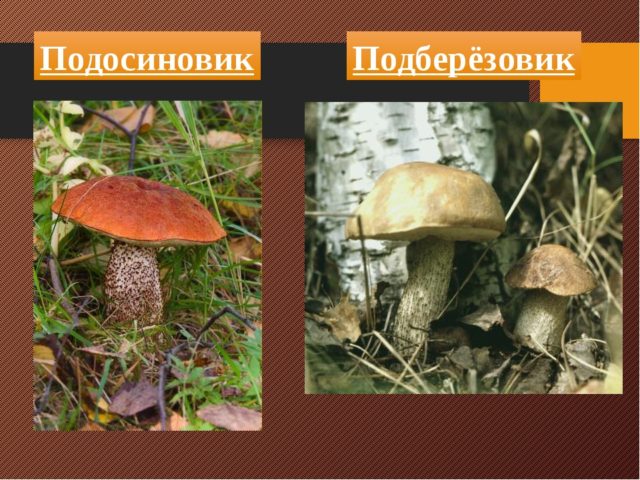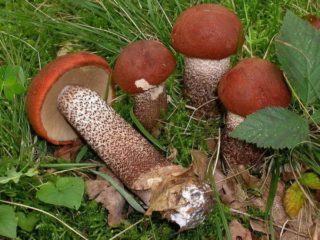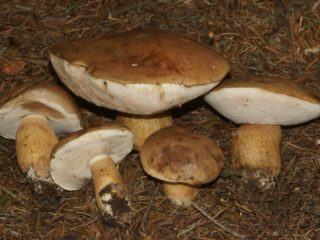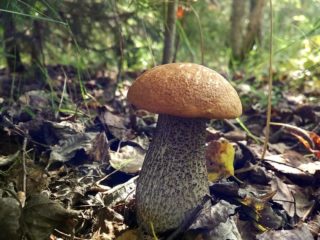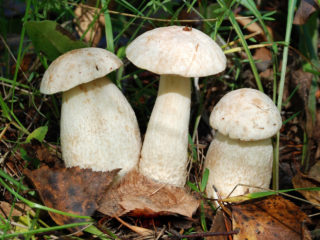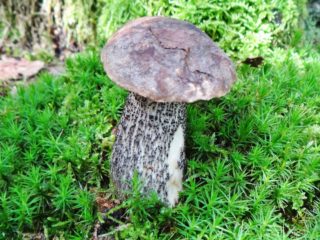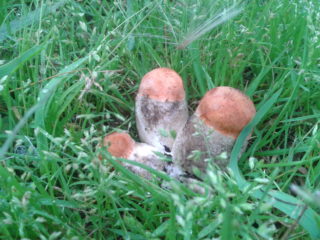Content
Boletuses and boletuses are found in many regions of Russia. They belong to the same genus Leccinum or Obabok. However, these are representatives of different species, so there are significant differences between them. With the help of photos of boletus and boletus, it is easy to find the difference between these gifts of the forest.
What boletus and boletus look like
The boletus is an edible cap mushroom. Its cap has different colors. There are specimens of white, brown, grayish and almost black color. The shape of the cap is hemispherical, over time it takes on a pillow-like shape. Its size is up to 15 cm, after rains the surface becomes slimy.
The leg is white, slightly thickened. It contains oblong scales of dark or light color. The diameter of the stem is up to 3 cm, its length reaches 15 cm. The flesh of the boletus is white and does not change after cutting. The taste and smell are pleasant, characteristic of mushrooms.
Boletus is an edible variety. It is characterized by a red-brown cap measuring from 5 to 15 cm. Its shape is hemispherical, the edges are pressed to the stem. Over time, it acquires a cushion-shaped convex shape. The skin is orange, red, brown, and in some specimens it is white.
The leg is from 5 to 15 cm high, its thickness reaches 5 cm.The surface is greyish, with numerous brown scales. The pulp is dense, fleshy, and becomes softer as it grows. After cutting, the color changes from white to bluish, gradually turning black.
What is the difference between boletus and boletus
The main difference between these species is their distribution area. Boletuses prefer deciduous and mixed forests. They are collected under young trees: aspens, oaks, birches, poplars, willows. Rarely found near conifers. Fruiting bodies grow singly or in large groups. They go on a quiet hunt to forest areas, first of all checking clearings, ravines, and damp places.
Boletus forms mycosis with deciduous trees. It is more often found under birch trees, which is how the species got its name. Sometimes appears in mixed forests and spruce forests. Fruiting is irregular. In some years it appears in huge quantities, after which growth stops.
These mushrooms have the same fruiting time. They are collected from early summer to mid-autumn. Boletuses are characterized by three waves of ripening. The first fruiting bodies are found in late June to early July. The next layer begins in mid-summer and lasts several weeks. The third wave is the longest. It begins in mid-August and lasts until autumn.
Mushrooms of the genus Obabok have different caloric content and chemical composition.Boletus contains more proteins, dietary fiber, vitamins B and PP. Their calorie content is 22 kcal per 100 g of product. Boletus mushrooms contain more fat, calcium, potassium and phosphorus with a calorie content of 20 kcal. The pulp contains the same amount of carbohydrates, vitamin C, iron, mono- and disaccharides.
How to distinguish boletus from boletus
According to the photo and description, boletus and boletus mushrooms are distinguished by the following characteristics:
- Hat color. The boletus is gray or brown in color. Boletuses stand out in the grass with their bright red or orange cap.
- Density and color of pulp. Boletus has a denser consistency. In this case, the cap often falls apart when exposed to water. The flesh of boletuses is quite coarse. Experienced mushroom pickers recommend cutting off the stems, which have a very rough consistency.
- Leg shape. Varieties growing under birch trees have a long stem that thickens near the base. In boletuses this part is more uniform. At the same time, the leg is strong and dense.
- Flesh color. After cutting, the boletus pulp rarely changes color. Sometimes it becomes more pink. In boletuses, the fruiting bodies quickly darken and acquire a blue or black color. At the same time, the pulp is suitable for consumption and does not lose its taste and nutritional value. To preserve the color of the fruiting bodies, they are soaked in a solution of citric acid.
Conclusion
Photos of boletus and boletus will help you quickly find the differences between these species. All these mushrooms are edible and are found in forests. When collecting, pay attention to the shape of the cap, the size of the fruiting body, and the place of growth.
